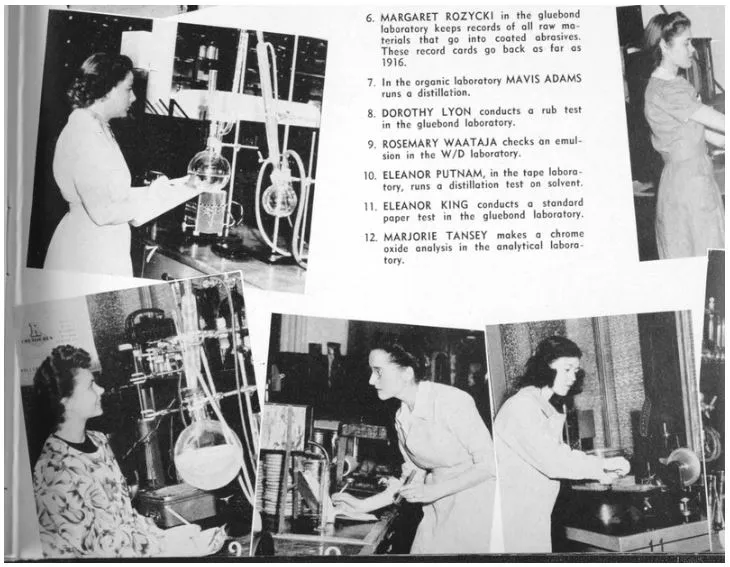1917- 1919: Labor, Near & Far
1917: The Minnesota Commission on Public Safety, created during World War I by the state Legislature, assumes near unlimited power and is hostile to organized labor.
1917: Thousands of people rally in support of workers employed by the Twin City Rapid Transit Company, but the workers’ strike is crushed with the help of the St. Paul Civilian Auxiliary and units of the State Home Guard. With the United States involved in the First World War, the strikers are condemned as unpatriotic.
1917: The Minneapolis Cooperative Association is organized at Federation Hall. The company sells groceries to union members on a cooperative basis.
1917: Three hundred newsboys organize to protest a cut in pay by the Minneapolis Tribune.
1918: The first Minnesota local of the American Federation of Teachers is formed in Saint Paul.
1918: A special census taken of women workers on the Iron Range reveals that American-born workers average 25 cents per hour for 56 hours per week, while immigrant women average 13 cents per hour for 67 hours per week. Women who work in boarding houses fare worst of all, averaging 10 cents per hour for 100 hours per week. These waged work hours are all in addition to women’s unwaged work within the home.
1919: The first unions for city and county employees in Minnesota are chartered by the American Federation of Labor in St. Paul, Minneapolis and Duluth. Seventeen years later, these locals have an influential role in founding AFSCME, the American Federation of State, County and Municipal Employees. State and local government workers and school district employees lack full collective bargaining rights until passage of PELRA in 1971.
1919: Twin Cities residents crowd Commonwealth Hall in Minneapolis for a showing of “The Blacklist,” a realistic film depicting the massacre of miners and their families in Ludlow, Colorado, five years before.
1919: Ordered by U.S. Attorney General A. Mitchell Palmer, with the assistance of a young J. Edgar Hoover, federal agents round up and arrest some 10,000 suspected “aliens,” anarchists, communists and labor activists. Some 556 people were eventually deported. The Palmer Raids were the most notorious event in a period that became known as “The Red Scare.”

